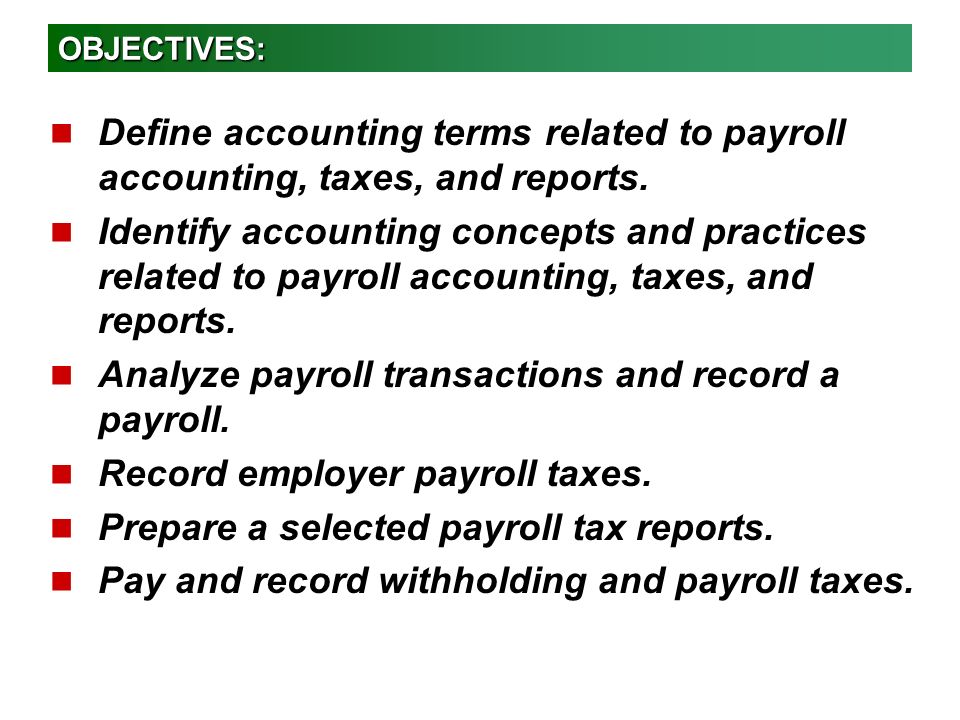Consignment is a process under which the owner consigns/handovers his materials to his agent/salesman for the purpose of shipping, transfer, sale etc. (ii) consignor will incur expenses for sending the goods to consignee. (i) When the agent is required to put in hard work in introducing a new product in the market. Show the Consignment A/c and the Consignee’s A/c in the books of Vikram Milk Food Co. Ltd.
assuming that the consignees had paid the amount due from them.
- This commission is given by the consignor to the consignee for taking responsibility of collecting an amount from costumes for which a credit sale is made by him.
- It is calculated on total sales unless there is any agreement between the consignor and the consignee
to provide it on credit sales only. - The Consignment account in the books of consignor will ultimately show the net profit or loss on
account of consignment business. - From the perspective of a consignor, the advantages of a consignment arrangement are that it does not have to deal with the end customer, which means that it does not have to set up a storefront.
These agents distribute the products to ultimate customers and receive commission
from the manufacturer. One such way of indirect selling is selling through consignment
agents. The relationship between consignor and consignee is that of Principal-Agent
relationship. When the consignee eventually sells the consigned goods, it pays the consignor a prearranged sale amount. The consignor records this prearranged amount with a debit to cash and a credit to sales. It also purges the related amount of inventory from its records with a debit to cost of goods sold and a credit to inventory.
Recognize consignment inventory
Add consignment account to one of your lists below, or create a new one. The relationship between two parties is that
of debtor and creditor. Draw up the Consignment
Account and Sundaram’s Account in the books of Shri Mehta. (b) If Insurance premium is paid by the consignee, then consignee’s A/c will be credited. Amount paid in advance by a consignee to consigner as security called as advance.
- In this scenario, Company A is the consignor, while the retailers are the consignee.
- In short, credit sales will be treated as cash sales to the consignor.
- Because of this agency relationship, ownership of the goods does not transfer to the
consignee. - This commission has a relatively higher rate of commission than normal commission.
- (ii) Where he is entrusted with the work of supervising the performance of other agents in a particular area.
- Consignment is a process under which the owner consigns/handovers his materials to his agent/salesman for the purpose of shipping, transfer, sale etc.
Wye spent 2,000 on freight and cartage, 500 on godown rent and 300 on insurance. On 31st December, 2011 he sent his Account Sales (along with
the amount due to Exe) showing that 4/5 of the goods had been sold for 55,000. One of the customers turned insolvent and could not pay 600 due https://accounting-services.net/useful-life-accountingtools/ from him. Normal Loss − Normal loss may occur due to inherent characteristics of goods like evaporation, drying up of goods, etc. It is not separately shown in the consignment account, but included in the cost of goods sold and the closing stock by inflating the rate per unit.
RETURN OF GOODS FROM THE CONSIGNEE
According to IFRS, you should provide enough information for users of your financial statements to understand the nature and extent of your inventory and the related risks and uncertainties. By following these steps, you can report and disclose consignment inventory in your financial statements under IFRS in a comprehensive and accurate manner. Abnormal Loss − An abnormal loss may occur due to any accidental reason. It is credited to the consignment account to calculate actual profitability. Valuation of closing stock is done on the same basis as explained earlier i.e. proportionate cost + proportionate direct expenses.
On the other hand, consignors recognize consignment inventory as an asset in their balance sheet, as they own it. To increase the sale and to encourage the consignee to make credit sales, the consignor provides an
additional commission generally known as del-credere commission. This additional commission
when provided to the consignee gives a protection to the consignor against bad debts. In other
words, after providing the del-credere commission, bad debts is no more the loss of the consignor. It is calculated on total sales unless there is any agreement between the consignor and the consignee
to provide it on credit sales only.
Consignment accounting
To determine if you have consignment inventory, you must meet two criteria according to IFRS. Firstly, you must have physical possession of the inventory, but not legal title or the risks and rewards of the inventory. Secondly, you must have legal title and bear the risks and rewards of the inventory, but not physical possession of the inventory. If you meet both of these criteria, then you have consignment inventory. (a) If insurance premium is paid by the consignor, then cash will be credited.
Students should be careful while valuing goods lost in transit and goods lost in consignee’s
godown. Both are abnormal loss but in case of former consignee’s non-recurring expenses are
not to be included whereas it is to be included in case of latter. Depending upon the arrangement with the consignee, the consignor may pay a commission Accounting for Consignment to the consignee for making the sale. If so, this is a debit to commission expense and a credit to accounts payable. A consignment occurs when the owner of goods leaves them with another party to be sold. When the goods are eventually sold, the consignee retains a commission and pays the consignor the residual amount.
Abnormal Loss and Insurance
He is the person who sends goods to agents (consignee) e.g. a manufacturer or wholesaler. The Profit and Loss on Consignment Account is also a nominal account. If there are more than one consignments, the balances of all consignment accounts are transferred to this account.

When a consignor sends goods to the consignee he sends only a proforma invoice and not an invoice. The objective of the proforma invoice is only to convey information to the consignee regarding quantity, varieties and prices of goods sent and expenses incurred and not to make him liable like a trade debtor. This is a commission which is given to the consignee for selling goods and possessing goods and also maintaining them. After a sale of goods, the consignee is entitled to earn this commission only on the cash sale not credit sales. From the perspective of a consignor, the advantages of a consignment arrangement are that it does not have to deal with the end customer, which means that it does not have to set up a storefront. Ø If the value of the unsold stock (i.e. cost plus proportionate expenses) is more than the market value of the unsold stock the unsold stock is valued at market price.
The core competence of a manufacturing company is to produce a good quality
product. It creates a network of its own outlets, dealers, commission agents, institutions etc to
distribute its products efficiently and effectively. Thus the selling may be handled directly
through own salesmen or indirectly through agents. In case of direct selling, the company
usually has depots all over. The stocks are transferred to these depots and from their finally
sold to ultimate customers. This involves huge expenses and problems of maintaining the
same on a permanent basis.
Which account is consignment account?
Consignment account is a Nominal account.
That is why in the case
given above, inventories has been valued ignoring godown rent and insurance. In addition to the consignment account, the consignor also prepares the personal account of
the consignee to ascertain the amount due by the consignee. This account is debited with the
amount of sales affected by the consignee and credited with the amount of any advance
received from him, expenses incurred by him and commission payable on sales. Let us see the entries in the books of
consignor as well as consignee.
AccountingTools
Ø In examination questions in the absence of the nature of the expenditure incurred by the consignor or consignee you are advised to include the due proportion of the expenses of consignor only. The consignor and the consignee do not have restrictions to have more than one such contracts. Consignor may have many consignees and the may have many consignors or he may take a responsibility of many consignors.
- Sometimes it is given to a consignee as an incentive for putting in his efforts to introduce, promote and create a market for a new product in certain areas.
- When the consignor receives this payment from the consignee, it records the cash as revenue.
- The nature of the consignment account is nominal which means it is drawn up to show the results of the consignment business for a specific period.
- Students will have noted that abnormal loss is valued just like inventories in hand.
- (ii) Inventories on Consignment Account is an asset; it will
be shown in the balance sheet of the consignor
and next year it will be transferred to the debit of
the Consignment Account.
